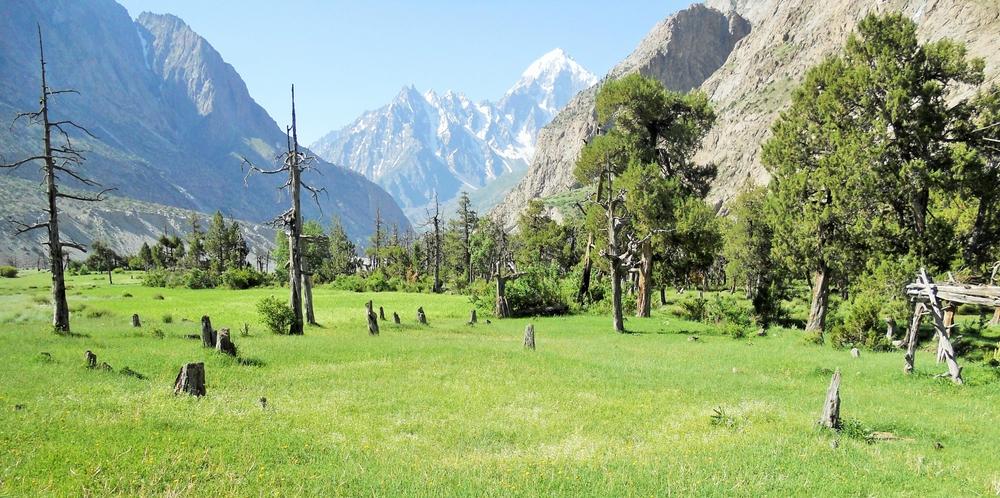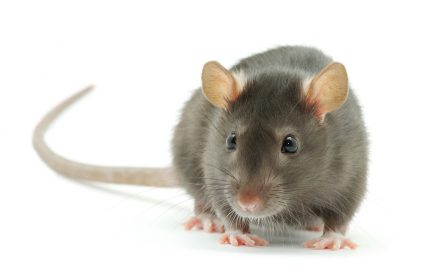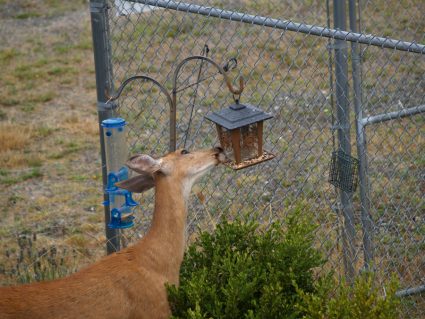
Coyotes, native to North America, are highly adaptable creatures known for their ability to thrive in various environments. As human populations expand and cities grow, coyotes have learned to adapt to their new urban environments. But why is there a coyote in your backyard, and what does this mean for you and your family? Let’s explore.
Coyotes may venture into your backyard due to the availability of food, water, and shelter that urban and suburban areas provide. They are attracted to food sources like rodents, rabbits, human-associated foods, and unattended pets. The absence of apex predators in urban environments also contributes to their presence. To discourage them, remove food and water sources, install proper fencing, use repellents, and keep pets supervised.
Why Are Coyotes Venturing into Human-Populated Areas?
Coyotes venture into human-populated areas and backyards for several reasons. Primarily, they are attracted by the availability of food, water, and shelter. Urban and suburban areas provide abundant food sources such as rodents, rabbits, squirrels, and voles. They also take advantage of human-associated foods like garbage, pet food, birdseed, and compost piles. Unattended pets, especially cats and small dogs, may also attract coyotes.
As human settlements expand, creating more open habitats, coyotes have expanded their range. Urban environments lack apex predators like wolves or bears, leading to an increase in small prey species for coyotes to feed on. Parks, yards, and natural areas within urban and suburban settings provide shelter and water.
Identifying the Signs of a Coyote’s Presence
If you suspect coyotes are in your backyard, look for the following signs:
- Howling, which can be heard at any time of day or night.
- Tracks that are oval-shaped, with the two middle claws being closer together.
- Droppings, or scat, usually tubular and filled with hair and bones.
- Fur tufts left in fences or other structures.
- Food remnants, such as bones or partially eaten animals.
- Damage to property, like holes dug beneath fences or damage to irrigation lines.
- Missing or injured livestock or pets.
Potential Dangers of Having a Coyote in Your Backyard
Coyotes can pose potential dangers to children and pets. Although coyote attacks on adults are rare, they can be very dangerous to children and pets. Coyotes may see pets as threats or prey, and small, unattended pets are particularly at risk. To minimize the risk, it is essential to take precautions such as not feeding coyotes, avoiding leaving food unsecured, keeping pets indoors at night, securing garbage cans, and avoiding leaving pet food outside.
Discouraging Coyotes from Entering Your Property
To discourage coyotes from entering your property, homeowners can take the following steps:
- Remove food and water sources, such as pet food, bird feeders, fallen fruit, and dirty barbecue grills.
- Install fencing that is at least six feet tall with an extension on top, such as coyote rollers or 15-inch woven wire.
- Use repellents like ammonia, mothballs, vinegar, and pepper.
- Install motion-activated lights or noise alarms.
- Keep pets supervised when outdoors, especially at night.
- Use wildlife-resistant containers for your trash and compost.
- Practice hazing techniques, like making loud noises, to deter coyotes from approaching humans and their properties.
Common Misconceptions About Coyotes
There are several misconceptions about coyotes in backyards. Many believe they are invasive species, must be hunted to control their numbers, are a threat to humans, and are only active at night. However, these are common misconceptions that can be dispelled with proper education about coyote ecology and behavior.
Conclusion
Coyotes in the backyard can be alarming, but understanding their behavior and taking the necessary precautions can help you coexist with these adaptable creatures. By securing food sources, removing potential shelters, and maintaining a clean and well-kept yard, you can significantly reduce the likelihood of coyotes visiting your backyard. And when they do appear, knowing how to react can keep both you and the coyote safe.
Frequently Asked Questions
What time of day are coyotes most active?
Coyotes are most active during dawn and dusk, but they can be active at any time of the day or night.
What should I do if I encounter a coyote in my backyard?
If you encounter a coyote in your backyard, do not approach it. Instead, make loud noises to scare it away. This practice is known as hazing. Do not run away as this can trigger a chase response.
Are coyotes dangerous to humans?
While coyotes are generally not a threat to humans, they can pose a risk to small children and pets. It is rare for a coyote to attack an adult human.
What should I do if a coyote seems to be living in my backyard?
If a coyote seems to be living in your backyard, it’s important to remove all attractions such as food sources and potential shelters. You can also use repellents and install motion-activated lights to scare them away. If the problem persists, consider contacting a local wildlife control agency.
Do coyotes travel alone or in packs?
Coyotes can travel alone or in small family groups. However, they are not pack animals in the same way that wolves are, and typically hunt alone or in pairs.












